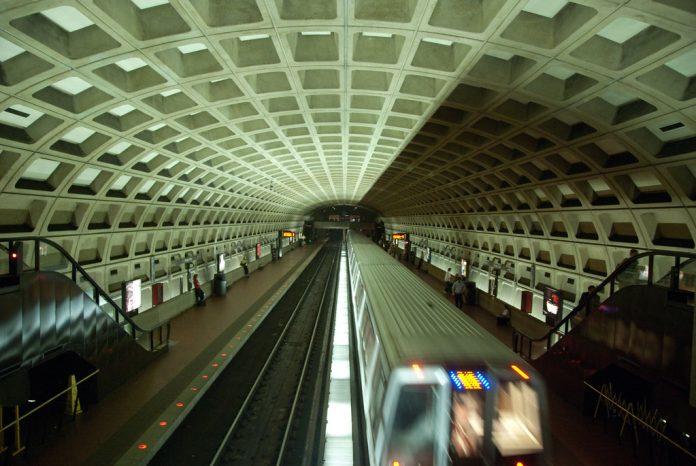Dulles Airport Metro Extension not paying off, with fewer passengers and less revenue than projected.
By Marc Joffe and Jerome Famularo
Washington Metro’s extension to Dulles Airport and beyond to Loudoun County provides a new travel option for air travelers and airport employees, but, thus far, it is not attracting enough riders to justify its high costs.
As with most other recent rail transit construction projects, the extension provides a cautionary tale for those who think that massive public investments in new rail infrastructure will greatly improve mobility or solve climate change. It also now seems a particularly unwise move in the face of Washington Metro’s projected $750 million shortfall for fiscal year 2025 as the pandemic‐related federal aid runs out, with threats of drastic service cuts if additional funding is not secured.
In September 2023, the six stations on the extension reportedly served 6,567 passengers on an average weekday of which 8.3 percent did not pay a fare. Weekend ridership was somewhat lower. These are modest numbers for a project that cost over $3 billion, and ridership numbers are well below expectations.
In 2015, a study referenced by this Washington Post article anticipated the extension would serve 50,000 passengers daily. An earlier study somewhat more plausibly anticipated 17,900 daily trips by the seventh year of operation, which still appears unattainable. The Covid‐19 pandemic is cited as the reason for low ridership, but even before the pandemic, this estimation would have been extremely optimistic, partly due to an existing decade‐long downward trend in ridership.
Furthermore, the Dulles enplanement rate has rebounded to pre‐pandemic levels, so the rather dismal ridership at Dulles Metro station should not be blamed on the pandemic. Nevertheless, of the six new stations, Dulles Airport is the most popular. Two more lightly used stations lie beyond the airport. Planners would have been well advised to terminate service at the airport, avoiding the need to lay five miles of track further to the west.
Furthermore, this is a very expensive subsidy for quick transportation to the exurbs. This volume of riders could easily have been served by a rapid bus service. The former western terminus at Reston is located on a toll road that seldom sees heavy traffic to and from points west, so from the perspective of alleviating traffic it is ineffective.
Some interstates in Northern Virginia feature express lanes for vehicles with at least three passengers or paying drivers. The incentive of free use of the express lanes by high occupancy vehicles has led to the phenomenon known as “slugging”, whereby drivers can pick up riders to freely use the express lanes and beat the traffic. It is to the mutual benefit of both drivers and riders and is an effective and low‐cost method of reducing motor vehicle traffic and use.
Disappointing cost/benefit ratios might be a sign to those planning other projects, but, unfortunately, they continue to plow ahead. Next up for the capital region is the Maryland Transit Administration’s Purple Line, a light rail route that will connect New Carrolton, College Park, Silver Spring, and Bethesda. Undoubtedly, it is hard to commute between these destinations via rail now because it is necessary to travel into DC and back out. But it remains to be seen whether the demand for direct service between various Maryland suburbs will justify the project’s costs which recently ballooned to over $9.4 billion.
Rail transit was a great fit for America’s needs in the early twentieth century when systems could be built inexpensively, and many commuters did not yet have access to cars. A century later, conditions have changed. Federal, state, and local governments—unconstrained by the need to cover costs at the farebox—can continue to resist the new reality, but by doing so they make inefficient use of taxpayer funds.
Originally published by the Cato Institute. Republished with permission under a Creative Commons Attribution-NonCommercial-ShareAlike 4.0 International License.
For more Budget & Tax News.











